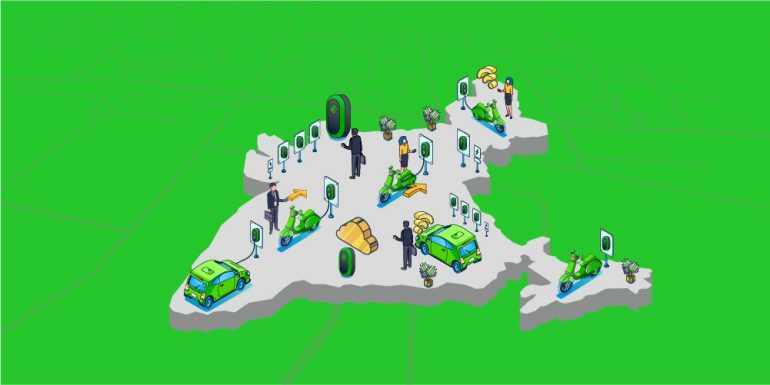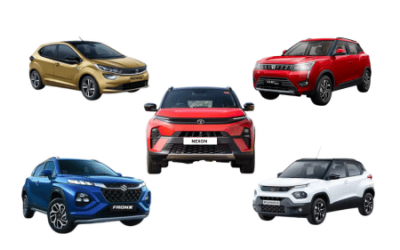India, a nation known for its vast population and rapidly growing economy, has been making significant strides toward becoming a global hub for electric vehicles (EVs). With the government’s ambitious targets and increasing consumer awareness about sustainability, the EV market in India witnessed a transformative year in 2022. However, this growth journey has been a blend of exciting opportunities and daunting challenges.
The Growth of the EV Ecosystem
The Indian EV market saw remarkable growth in 2022, with significant increases in the adoption of electric two-wheelers, three-wheelers, and passenger cars. According to industry reports, the EV market share doubled compared to previous years, driven by favorable policies, incentives, and increasing affordability.
Key factors driving this growth included:
- Government Initiatives: Programs like the Faster Adoption and Manufacturing of Hybrid and Electric Vehicles (FAME-II) scheme provided financial incentives for EV buyers and manufacturers.
- Rising Fuel Costs: Spiraling fuel prices made EVs a cost-effective alternative.
- Increased Investment: Both domestic and international players invested heavily in EV manufacturing and battery production in India.
Opportunities in the EV Sector
- Growing Market Demand: With a population of over 1.4 billion, India represents one of the largest potential EV markets globally. The increasing awareness of environmental sustainability is encouraging consumers to switch to EVs.
- Local Manufacturing Potential: Initiatives like “Make in India” and Production Linked Incentives (PLI) schemes are encouraging domestic manufacturing of EV components, reducing dependence on imports.
- Job Creation: The rise in EV production and infrastructure development is expected to generate millions of jobs in manufacturing, research, and service sectors.
- Technology Innovation: Indian startups and established companies are focusing on innovations in battery technology, charging solutions, and connected vehicle ecosystems.
- Global Collaboration: Partnerships with international automakers and battery manufacturers are enabling knowledge transfer and fostering the development of India’s EV supply chain.
Challenges to Overcome
Despite the positive momentum, several hurdles need to be addressed to sustain and accelerate the growth of EVs in India:
- Infrastructure Deficit:
- Limited availability of charging stations remains a critical bottleneck for widespread EV adoption. While metropolitan areas are seeing growth, rural and semi-urban regions lack infrastructure.
- Battery Dependency:
- India currently relies on imports for lithium-ion batteries, leading to supply chain vulnerabilities and higher costs. Developing local battery manufacturing capabilities is essential.
- High Upfront Costs:
- Although EVs offer lower running costs, their initial purchase price remains high for the average Indian consumer, especially for four-wheelers.
- Lack of Standardization:
- The absence of uniform charging standards and battery-swapping protocols can confuse consumers and delay infrastructure deployment.
- Consumer Awareness:
- Many potential buyers are still unaware of the total cost of ownership benefits of EVs compared to internal combustion engine vehicles.
The Road Ahead
To make EVs mainstream, a multi-pronged approach is necessary. Policymakers, industry players, and consumers need to work collaboratively to tackle challenges and leverage opportunities. Key areas of focus should include:
- Policy Reforms: Continued government support through subsidies, tax breaks, and clear regulatory frameworks.
- Infrastructure Expansion: Prioritizing the development of nationwide charging networks and battery-swapping stations.
- Battery Technology: Accelerating research and development in sustainable and cost-effective battery solutions, including alternatives like solid-state and sodium-ion batteries.
- Consumer Awareness Campaigns: Educating the public on the environmental and economic benefits of EVs.
- Private Sector Collaboration: Encouraging partnerships between startups, large companies, and research institutions to innovate and scale solutions.
Conclusion
The rise of EVs in India during 2022 reflects a pivotal moment in the country’s transition to a sustainable transportation future. While challenges persist, the collective efforts of stakeholders across the public and private sectors promise a brighter, cleaner, and more innovative mobility landscape. If India continues its current trajectory, it could emerge as a global leader in the EV revolution.
0




